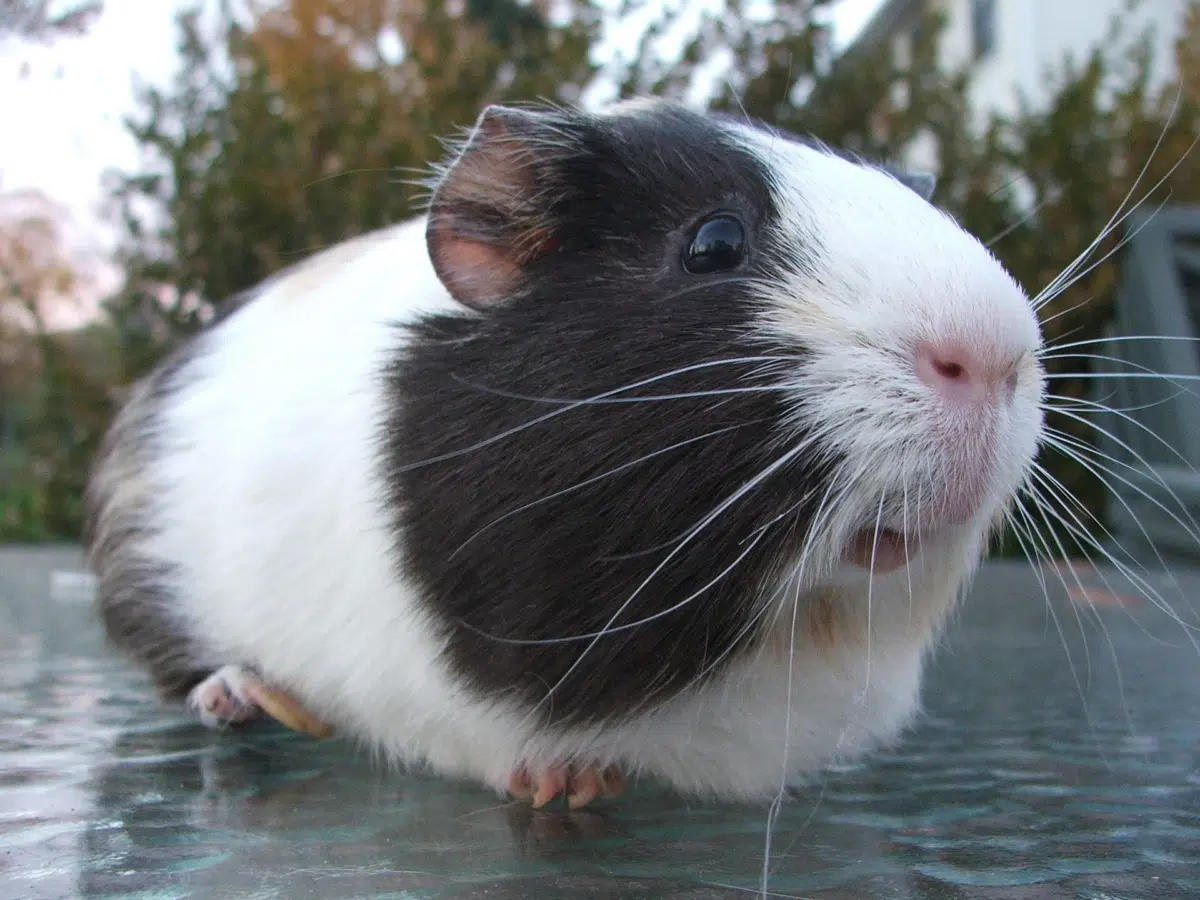Are you looking for the Best Animals for Kids? Animals have been a part of human life for centuries, and caring for them instills responsibility and empathy in children. Also, animals offer several advantages for psychological wellness by lifting moods and preventing loneliness.
Many different animals make great pets for kids. Some of the most popular include dogs, cats, rabbits, and guinea pigs, but there is more to the list.

Each animal has unique characteristics that make it an excellent fit for a child’s personality and lifestyle, especially those who don’t have siblings!
Dogs, for example, are known for their loyalty and affection. They are great companions for kids and provide plenty of exercise. Cats also make great companions, often doing less work than dogs.
Rabbits are playful and social animals that can bond closely with their owners. Guinea pigs are fun-loving and relatively low-maintenance pets, perfect for kids keen to learn about animal care.
It doesn’t matter which type of pet animal your child is interested in; there’s sure to be one that’s right for them. Animals can provide kids with love, laughter, and lifelong memories.
Key Points
| Key Points | Article |
|---|---|
| Consider your child’s preferences and allergies | What kinds of animals does your child like? Do you have any allergies? |
| Evaluate space requirements | How much space do you have? |
| Research reptiles for potential health risks | If considering a reptile, do your research on potential health risks |
| Match the pet to your child’s personality | Consider which animal matches your child’s personality |
| Benefits of pets for kids | Pets can improve mental and physical health and help build social connections |
| Top 9 animals for kids | Dogs, cats, rabbits, guinea pigs, hamsters, gerbils, birds, rats, turtles |
| Care guidelines for pet animals | Provide a clean and safe environment, nutritious diet, and regular exercise |
| Considerations for choosing a pet | Consider the pet’s suitability for your home and lifestyle, long-term commitment, and financial responsibility |
The 9 Best Animals for Kids
Here are the nine best animals for kids, based on factors like friendliness, ease of care, and overall suitability for family life.
1. Dogs

Dogs have been a “man’s best friend” for centuries and for all the right reasons. You can read more about this evolutionary friendship with our article on the origin of dogs. Dogs aren’t just good for entertainment; they can also be invaluable to families with young children. Dogs can help teach kids about responsibility, empathy, and patience.
This faithful animal is excellent at providing comfort and security. All for emotional support, you can always count on them for a good cuddle when you need one. Having a dog as your pet would bring you joy and laughter (not to mention plenty of slobbery kisses).
| Advantages | Disadvantages |
|---|---|
| Dogs provide companionship and loyalty. | Dogs require regular exercise and walks. |
| They can help improve mental health. | Dogs may shed fur and require grooming. |
| Dogs can be trained for various tasks. | They require time and effort for training and socialization. |
| They can enhance family bonding. | Dogs can be costly to care for (food, veterinary bills, etc.). |
| Dogs can provide a sense of security. | Some dogs may have behavioral issues that require attention. |
2. Cats
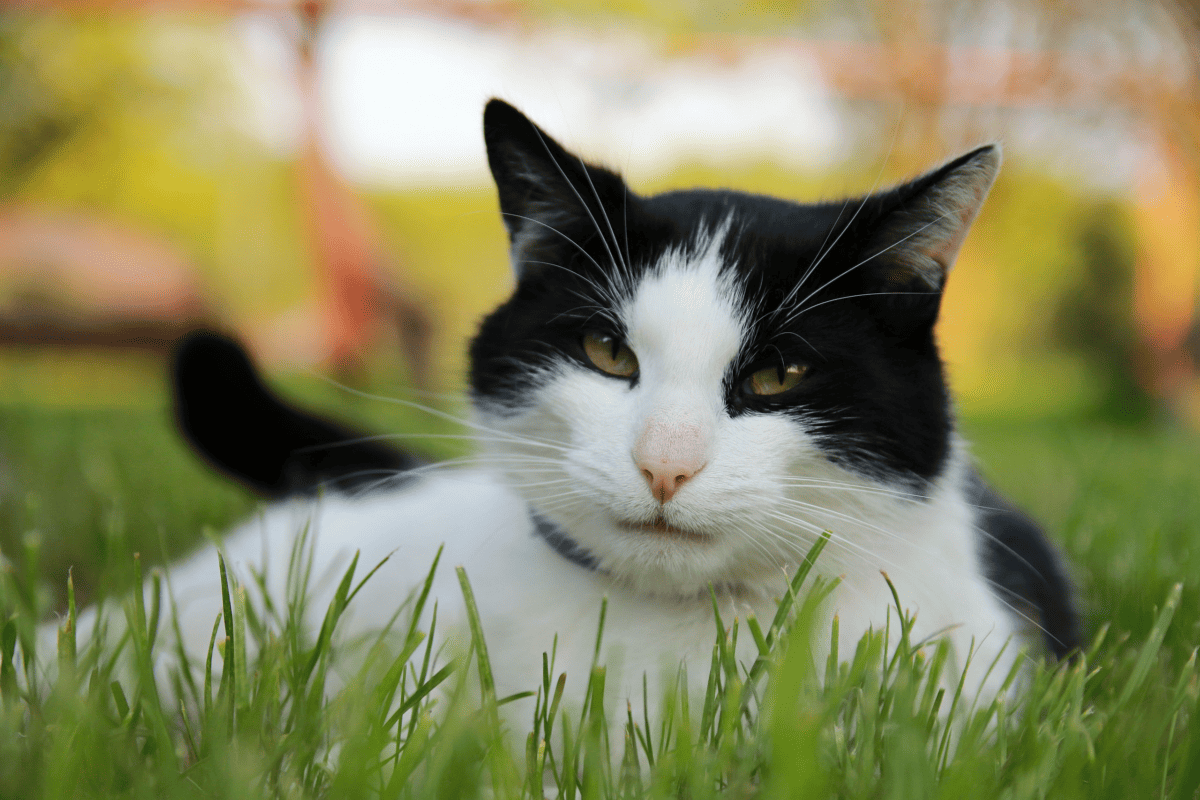
In our list of the best nine animals for kids, Cats make great pets for numerous reasons. Much quieter than dogs, cats are less likely to cause allergies. Also, cats are relatively independent compared to dogs and stay happy independently. It can sometimes be tricky to understand what cats can and cannot eat, so check out our article for more insight.
Pet cats bond closely with their owners and love to snuggle and play. Cats are gentle, making them less likely to injure small children accidentally. Cats are a great choice to have as a pet for kids.
| Advantages | Disadvantages |
|---|---|
| Cats are low-maintenance pets. | Cats may exhibit destructive behavior. |
| They are independent and self-sufficient. | Cats can scratch furniture and belongings. |
| Cats are clean animals and groom themselves. | Some individuals may be allergic to cats. |
| They provide companionship and can be affectionate. | Cats may bring in pests like mice or birds. |
| Cats require less space compared to dogs. | Cats may have litter box odor if not properly maintained. |
3. Rabbits
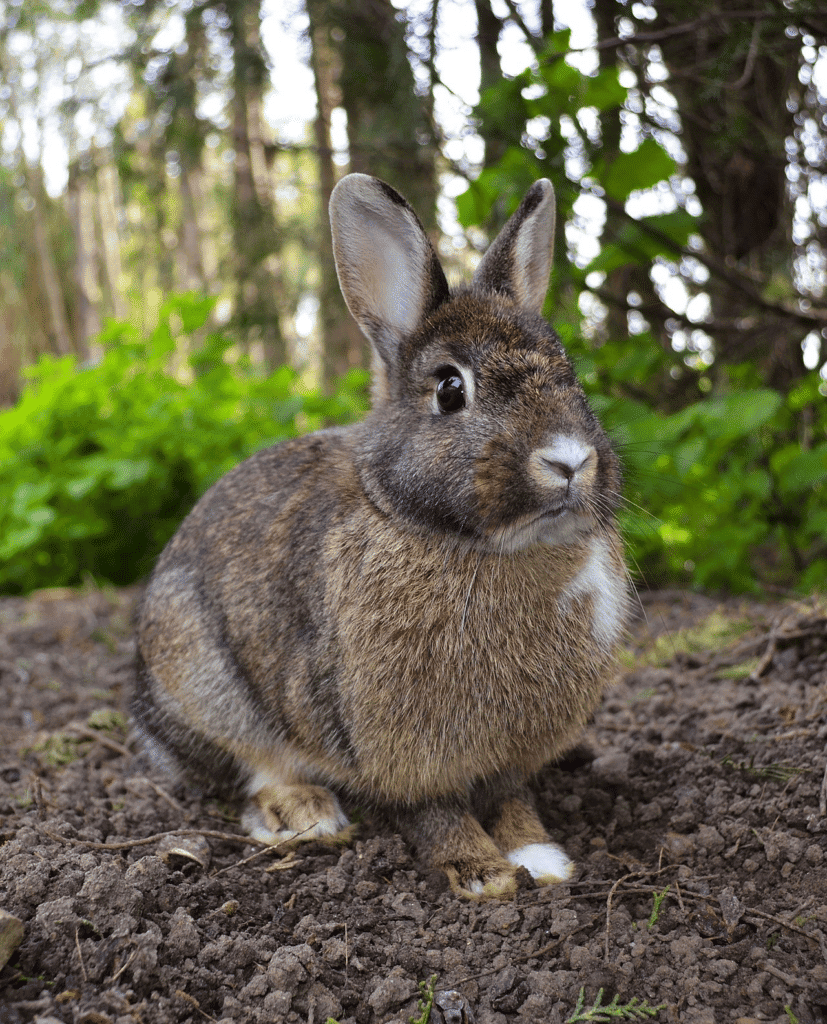
Children often enjoy the companionship of pets, and rabbits can make excellent additions to families. Rabbits are suitable for children because they are relatively low maintenance, quiet, and can be litter-trained.
Also, rabbits are social creatures that enjoy human interaction, making great playmates for kids. See our list of the cutest rabbits on the internet.
Regarding care, rabbits need a clean cage, plenty of hay and fresh vegetables, and regular grooming, and it’s good to go. Rabbits need to be neutered or spayed to prevent unwanted litter.
With proper care, rabbits can live for 8-12 years, making them long-term companions for kids as they grow up.
| Advantages | Disadvantages |
|---|---|
| Rabbits are gentle and generally have calm dispositions. | Rabbits require a significant amount of effort and care. |
| They can be litter-trained, making them easier to manage. | Rabbits have specific dietary needs and require a balanced diet. |
| Rabbits can form strong bonds with their owners and enjoy human interaction. | Rabbits need regular exercise and mental stimulation to stay healthy. |
| They are relatively quiet pets, making them suitable for apartments or shared living spaces. | Rabbits have specific housing requirements, including a clean and spacious cage. |
| Rabbits can live for 8-12 years, providing long-term companionship for children. | Rabbits may chew on furniture or cords if not provided with appropriate toys and outlets for their natural chewing behavior. |
4. Guinea Pigs
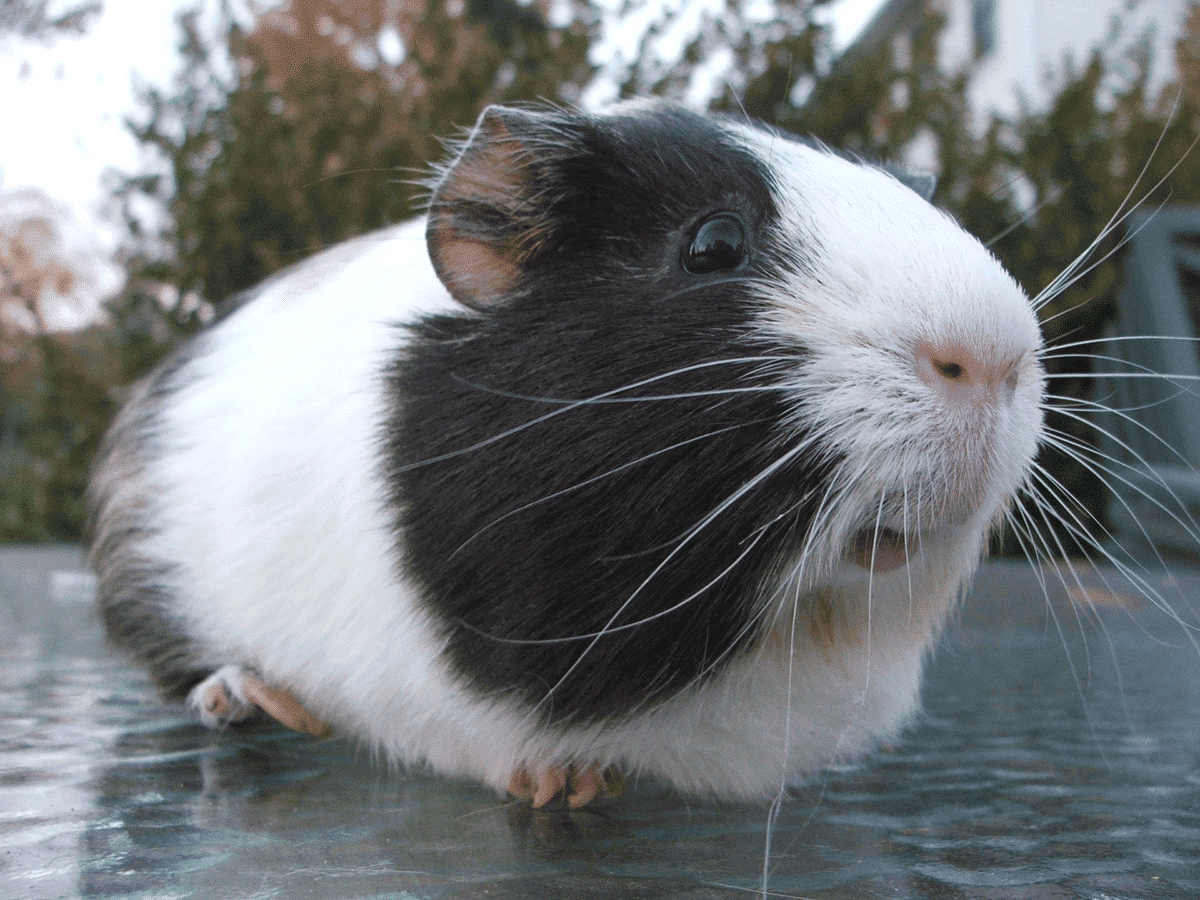
Guinea pigs make excellent pets for children for various reasons. They come in a wide range of colors and fur and are low-maintenance animals that are easy to keep. These social creatures bond quickly with their human companions.
Guinea pigs are delicate and calm, making them perfect for families with small kids. Many variables must be considered when picking a creature as a pet for your family. However, a guinea pig might be an ideal decision that would suit your family.
| Advantages | Disadvantages |
|---|---|
| Guinea pigs are low-maintenance pets. | Guinea pigs have relatively short lifespans. |
| They are relatively quiet and can be easily handled. | Guinea pigs require proper housing, including a clean cage with enough space to move around. |
| Guinea pigs are social creatures that bond quickly with their human companions. | They need a balanced diet of fresh vegetables, hay, and pellets. |
| They can be trained to do simple tricks and can provide entertainment for children. | Guinea pigs require regular grooming, including nail trims and coat brushing. |
| Guinea pigs are generally gentle and unlikely to bite or scratch. | They may require occasional veterinary care, which can add to the cost of ownership. |
5. Hamsters
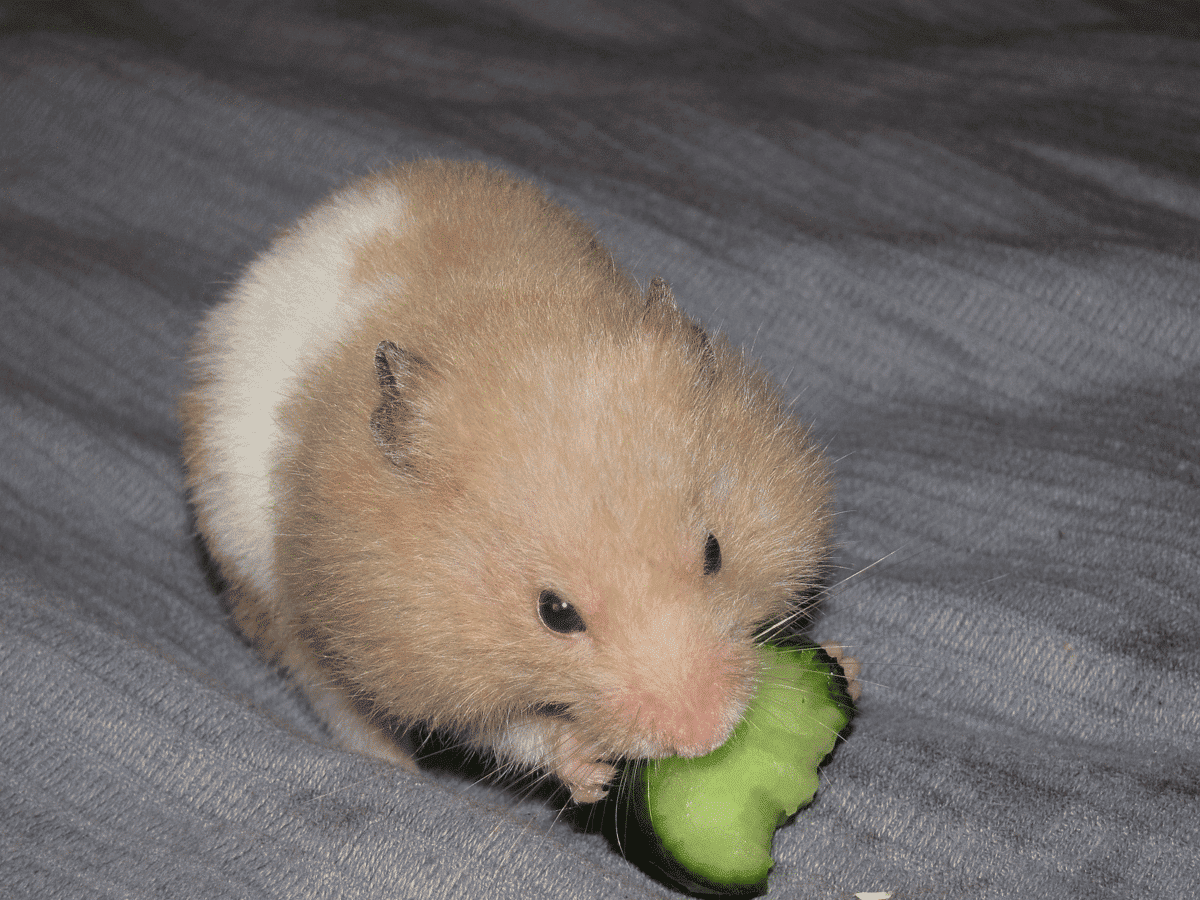
Hamsters are small, low-maintenance, and relatively quiet. Adorable, these cuties are super easy to care for. Hamsters can live in a small space and feed on pellets and fresh vegetables.
Most hamsters are also content living alone. So don’t worry about finding a companion for them to socialize with.
Every animal has its unique personality, so it’s essential to research before bringing a hamster home. A hamster might be perfect if you’re looking for a cute and easy-to-care-for pet!
| Advantages | Disadvantages |
|---|---|
| Hamsters are low-maintenance pets. | Hamsters have relatively short lifespans. |
| They are small and require minimal space. | Hamsters are nocturnal animals and can be active and noisy at night. |
| Hamsters are inexpensive to purchase and keep. | They can be fragile and easily injured if mishandled. |
| Hamsters are relatively easy to care for and can be fed a simple diet of pellets and fresh vegetables. | They require regular cleaning of their cage to maintain hygiene. |
| They can be entertaining to watch and can be trained to do simple tricks. | Hamsters may not be the best choice for very young children, as they require gentle handling and supervision. |
6. Gerbils
Gerbils are a popular pet choice for families with children. They are tiny, effortless to care for and have a delicate demeanor. Gerbils are exceptionally dynamic, which can be engaging for children. Also, gerbils are social creatures and do best when kept in pairs. Gerbils can often be confused with hamsters, but you can learn the difference by reading our article.
Gerbils are easy to care for and make excellent first pets for kids interested in learning about the basic needs of animals; gerbils may be a perfect choice if you are considering getting a pet for your family.
| Advantages | Disadvantages |
|---|---|
| Gerbils are low-maintenance pets. | Gerbils have relatively short lifespans. |
| They are small and require minimal space. | Gerbils are nocturnal animals and can be active and vocal at night. |
| Gerbils are social creatures and do well when kept in pairs. | They may require some time and patience to tame and handle. |
| Gerbils are generally gentle and unlikely to bite or scratch. | They have specific dietary requirements and need a balanced diet of seeds, grains, and fresh vegetables. |
| Gerbils can provide entertainment and can be observed in their active and playful behaviors. | They need regular cleaning of their cage to maintain cleanliness. |
7. Birds

There are many reasons why birds make the best pets for kids.
First, they are relatively low maintenance, requiring only a few hours of care per week. It makes birds an excellent choice for families who have working members.
Second, birds are astute animals that can prepare to perform tricks and errands. Kids can have hours of fun teaching their new feathered friend to sing or dance.
Third, birds come in various colors and sizes so kids can find the perfect match for their personalities.
And fourth, birds typically live for 10-15 years, so kids can enjoy their pet for many years. With all these benefits, birds are one of the best pet options for kids.
| Advantages | Disadvantages |
|---|---|
| Birds are relatively low-maintenance pets. | Birds can be loud and noisy, which may not be suitable for all households. |
| They require only a few hours of care per week. | Birds need regular social interaction and mental stimulation to stay healthy and happy. |
| Birds are intelligent animals and can be trained to perform tricks. | They require a spacious and enriched environment to thrive. |
| Birds come in various colors and sizes, offering a wide range of options. | They may have specific dietary needs and require a balanced diet of seeds, fruits, and vegetables. |
| Birds can provide companionship and be a source of entertainment with their playful and interactive behaviors. | They can be messy and require regular cleaning of their cage. |
8. Rats
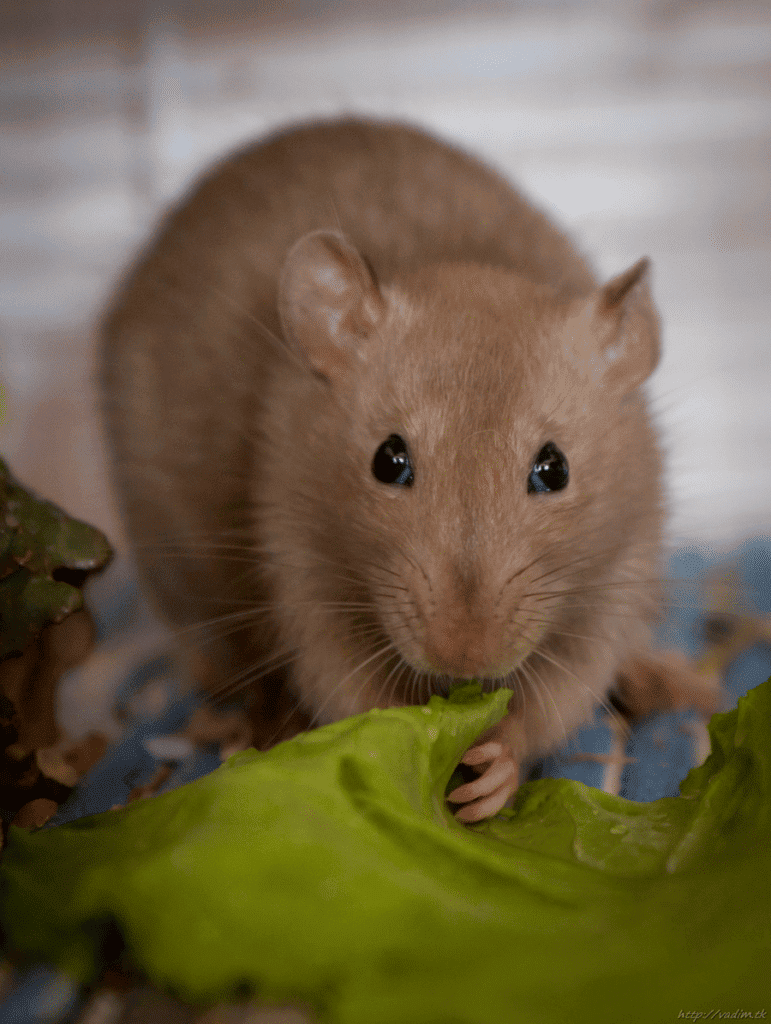
You might not think rats make good pets, but they can be ideal for kids. First, rats are intelligent and can be trained to do tricks. They also have individual personalities, so your child can bond with their pet uniquely. If you would like to learn more about how long these animals live, check out our post about how long rats live.
Additionally, rats are relatively low-maintenance and easy to take care of. They don’t need a lot of space, and they can feed a variety of diet items, including fruits, vegetables, and pellets.
Rats are best when they live in pairs, so your child will always have a playmate for their furry friend. Rats make such great pets for kids.
| Advantages | Disadvantages |
|---|---|
| Rats are intelligent and can be trained to do tricks. | Some people may have a fear or dislike of rats. |
| They have individual personalities and can form strong bonds with their owners. | Rats have a relatively short lifespan compared to some other pets. |
| Rats are low-maintenance and easy to take care of. | They require a clean and spacious cage with regular cleaning. |
| They don’t need a lot of space and can be kept in small enclosures. | Rats may have specific dietary requirements and need a varied diet. |
| Rats can provide companionship and be affectionate pets. | They may have a musky odor that some people find unpleasant |
9. Turtles
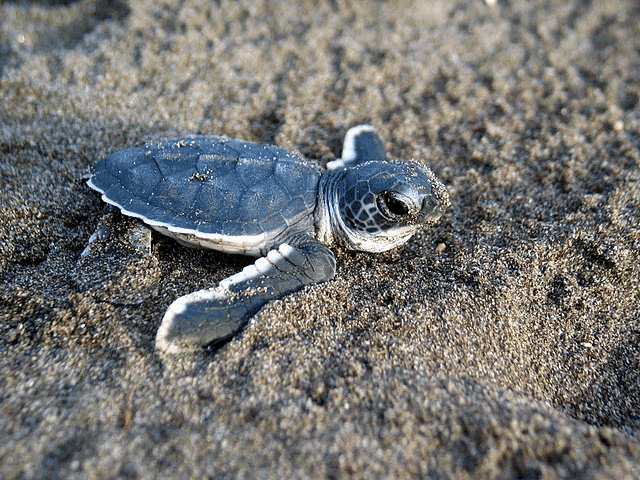
Turtles are low maintenance, don’t need to be walked, and are fascinating to watch. Turtles can live a long time- up to 50 years in some cases- so your child could have a pet turtle their entire life! If you would like to read why these animals live so long you can check out one of our other articles.
Turtles are also relatively affordable and don’t require a lot of expensive equipment. Also, turtles are not allergic prone, so they are a good choice for kids with allergies.
Finally, turtles can teach kids about responsibility, as they require regular care and feeding. Consider a turtle if you’re looking for a unique and rewarding pet for your child!
| Advantages | Disadvantages |
|---|---|
| Turtles are low maintenance and require less care than some pets. | Turtles can carry salmonella, which can cause illness in humans. |
| They don’t need to be walked and can live in a small tank. | Turtles have a long lifespan, and owning one is a long-term commitment. |
| Turtles are fascinating to watch and can be a unique pet. | They may require a specific habitat setup with heating and lighting. |
| They are not prone to allergies, making them suitable for kids with allergies. | Turtles need a nutritious diet and proper water quality to stay healthy. |
| Turtles can teach kids responsibility and require regular care. | Some turtles can grow quite large, requiring a larger enclosure over time. |
Points to Consider Before Adopting A Pet

There are some points to consider before adopting a pet for your child.
What kinds of animals does your child like? Dogs, cats, rabbits, birds? Are you willing to put effort and time into caring for a pet? Some animals require daily exercise and a specific diet, while others only need to be fed and watered once daily.
Do you have any allergies? You know some people are allergic to cats or dogs, but other options, like fish or reptiles, might work better.
How much space do you have? Some pets, like horses or rabbits, need much space to run around. Others, like snakes or lizards, can be kept in a small tank.
If you’re considering a reptile, do your research first—some reptiles can carry diseases harmful to humans.
Once you’ve narrowed your options, consider which animal best matches your child’s personality. Active kids might enjoy a dog indulging in physical play, while calmer kids prefer a laid-back cat or rabbit.
Ultimately, the best pet for your child is the one you think they’ll bond with and care for the best.
Benefits of Having Pets For Kids
Pets can provide numerous benefits to their owners that can improve the lives of their owners in many different ways.
➢ Works On Mental Health
Pets can work on emotional wellness by decreasing uneasiness levels. In one study, participants who spent more time with a dog experienced lower cortisol levels, a stress-related hormone.
➢ Boosts Physical Health
Pets can also boost physical health by encouraging owners to be more active. If you take your dog for a walk, it is an easy way to exercise regularly.
➢ Help to Build Social Connections
Finally, pets can help to build social connections by providing opportunities for people to interact and share common interests.
Pets allow children to learn about responsibility and dependability with adult supervision and guidance. As a bonus, some pets are so affectionate that they will reward your attention!
| Advantages | Disadvantages |
| An advantage of owning a turtle is that it requires less care than other pets, such as dogs or cats. Turtles only need to be fed once or twice a week and can live in a small tank or enclosure. | One potential downside is that turtles can carry salmonella, which can cause human illness. Therefore, washing your hands thoroughly after handling your turtle or its enclosure is essential. Another consideration is that turtles can live for many years, so owning a turtle is a long-term commitment. |
How Kids Take Care of Pet Animals

Kids and pets can be a perfect match. Pets can teach kids responsibility and empathy and even help them make friends. But not every pet is a good fit for every kid—some animals require more care than others.
Pets, such as amphibians and reptiles, can carry harmful diseases to people. After some research, you can find the perfect pet for your family and make sure your kids and new pet have a happy, healthy life together.
Pet animals require specialized care to stay healthy and happy. While the specific needs of each type of animal vary, there are some general guidelines that all pet owners should follow.
First, providing a clean and safe environment for your pet is essential. It means keeping the cage or enclosure clean and free of sharp objects or other hazards.
Second, pet animals need a nutritious diet to stay healthy. It means feeding them a balanced diet of fresh food and water. Finally, pet animals need regular exercise to stay active and fit.
Observing these simple rules guarantees that your pet creature will have a long and blissful life.
Summary of Best Animals for Kids
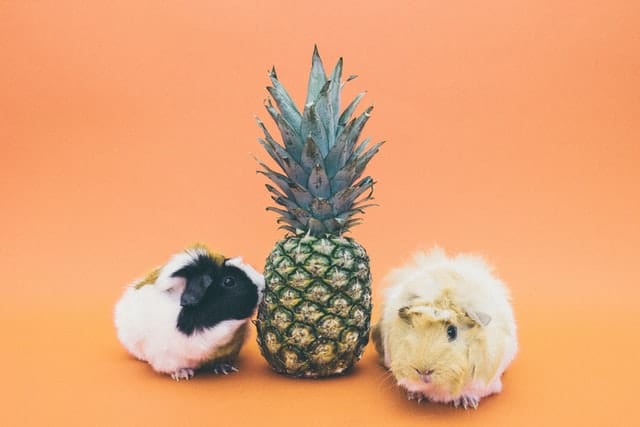
Once all your questions have been answered, choose the best animal for kids. This article will hopefully help you narrow down the options field and make choosing the best pet animal for kids easier.
Pets can provide children with companionship, love, and security. They can also teach responsibility, empathy, and respect for animals. In addition, research has shown that children with pets tend to be more physically active than those who do not have pets.
Consider the pet most appropriate for your home and way of life. Smaller animals may be easier to care for, while larger animals require more space and exercise.
Make sure you are prepared to care for a pet long-term. They can live for a long time, so you should be confident you’re prepared for the responsibility.
Lastly, you must have the assets to take care of a pet. Animals require food, water, shelter, and medical care, so be sure you are prepared to budget for these expenses.
Having a pet animal can be a wonderful experience for you and your child, but it’s essential to consider all the factors before deciding.
To read more about pets, look at top dog breeds for beginners.
Frequently asked Questions (FAQs)
Q: What are the benefits of having pets for kids?
A: Pets can provide numerous benefits for kids. They can teach responsibility, empathy, and social skills. Pets can also promote physical activity and exercise, reduce stress and anxiety, and provide companionship and emotional support.
Q: How do pets benefit a child’s development?
A: Pets can contribute to a child’s development in various ways. They can teach important life skills such as nurturing, responsibility, and empathy. Interacting with pets can enhance a child’s emotional well-being, social skills, and self-esteem. Pets can also provide a sense of comfort, companionship, and unconditional love.
Q: What factors should I consider when choosing a pet for my child?
A: When choosing a pet for your child, consider factors such as the child’s age, maturity level, allergies, lifestyle, living situation, and available space. It’s important to select a pet that matches your child’s interests and abilities, as well as your family’s ability to provide proper care, attention, and resources.
Q: How can I ensure the safety of my child and the pet?
A: Ensuring the safety of both your child and the pet is crucial. Supervision is essential, especially when young children interact with pets. Teach your child how to handle and interact with the pet gently and responsibly. Establish rules and boundaries to prevent any harmful situations. Regular veterinary care, vaccinations, and proper pet hygiene also contribute to the overall safety and well-being of both the child and the pet.
Q: How can I teach my child to care for a pet?
A: Teaching your child to care for a pet starts with age-appropriate responsibilities. Assign simple tasks like feeding, grooming, and cleaning the pet’s living area. Educate your child about the pet’s needs, behavior, and proper handling. Encourage them to be involved in the pet’s daily care and provide positive reinforcement and guidance along the way.
Join our Forum for free today!

- These are The 5 Largest Great White Sharks Ever Recorded - July 19, 2024
- The Surprising Benefits of Big Game Hunting - July 18, 2024
- $100k+ Hunting Experiences The Most Expensive Animals to Pursue - July 17, 2024

